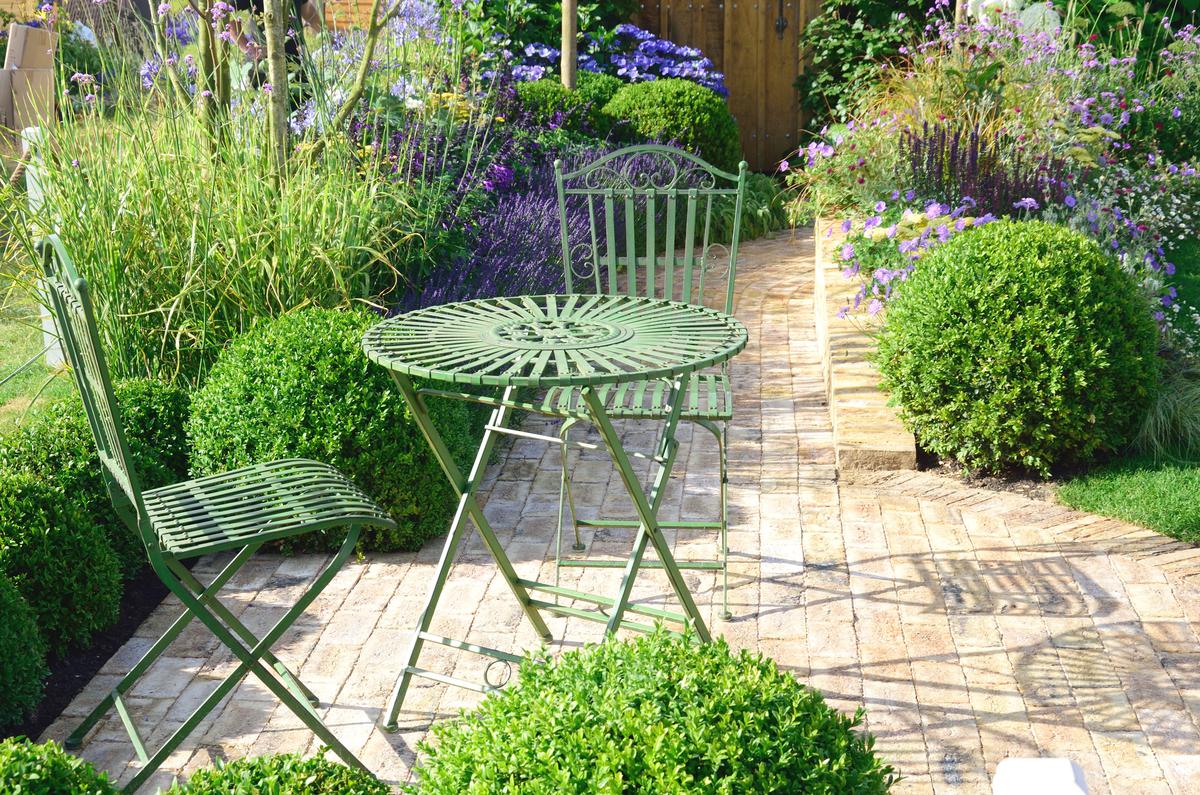Designing interior spaces is hard enough when you have four walls and a general sense of space. But what about the outdoors, where there are few dedicated vertical spaces to work with and the landscape is no longer conveniently flat as it is indoors? You can go the easy route, throw some kitsch lawn furniture around the place, plant a couple of flowers, and erect the obligatory garden gnome, but you’d be missing out on so much opportunity to create a visual journey. You have to start somewhere with outdoor living area designs and regardless of what you do for your first project, there are a few tried mistakes you can avoid.
When you know what you shouldn’t do with your design, what you should do becomes a lot more apparent. Avoiding these nine outdoor living space mistakes can make it easier for you to create a more pleasant outdoor living experience for yourself and your guests.














comments